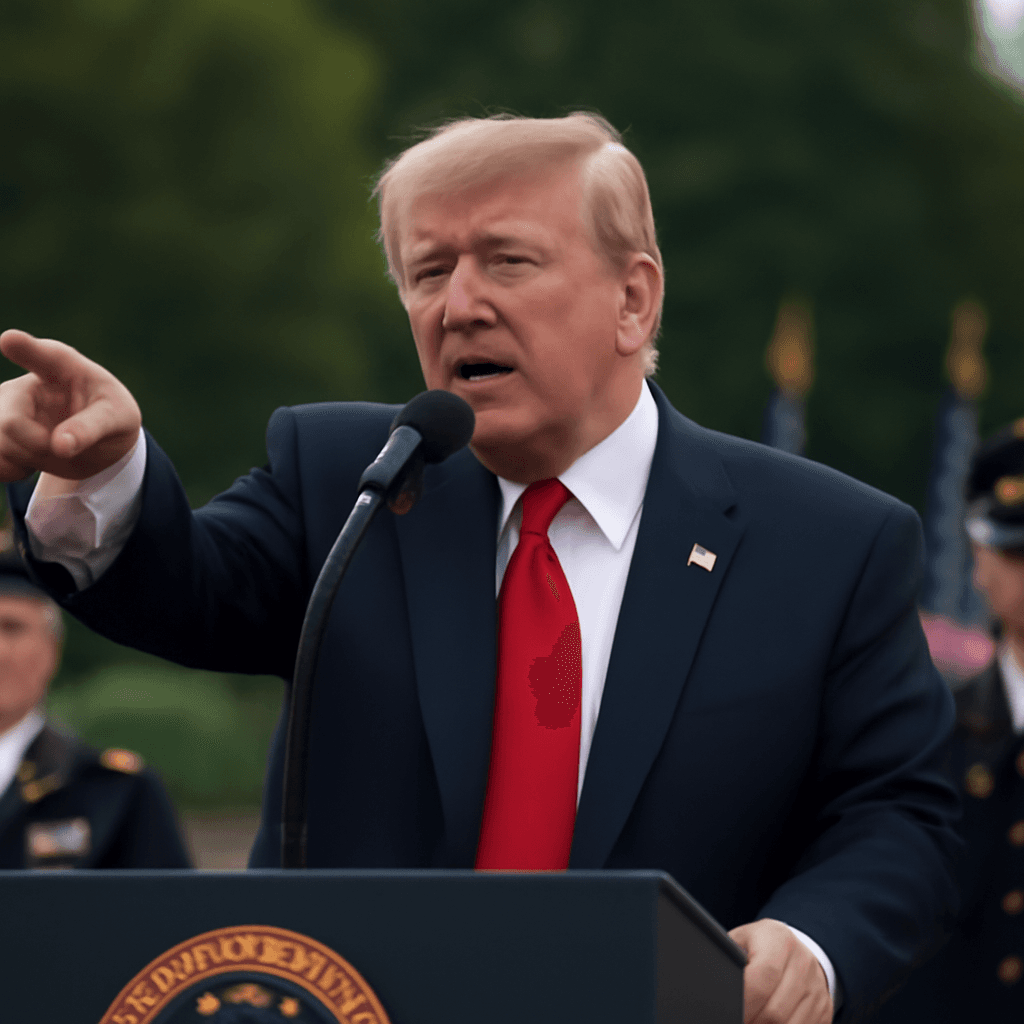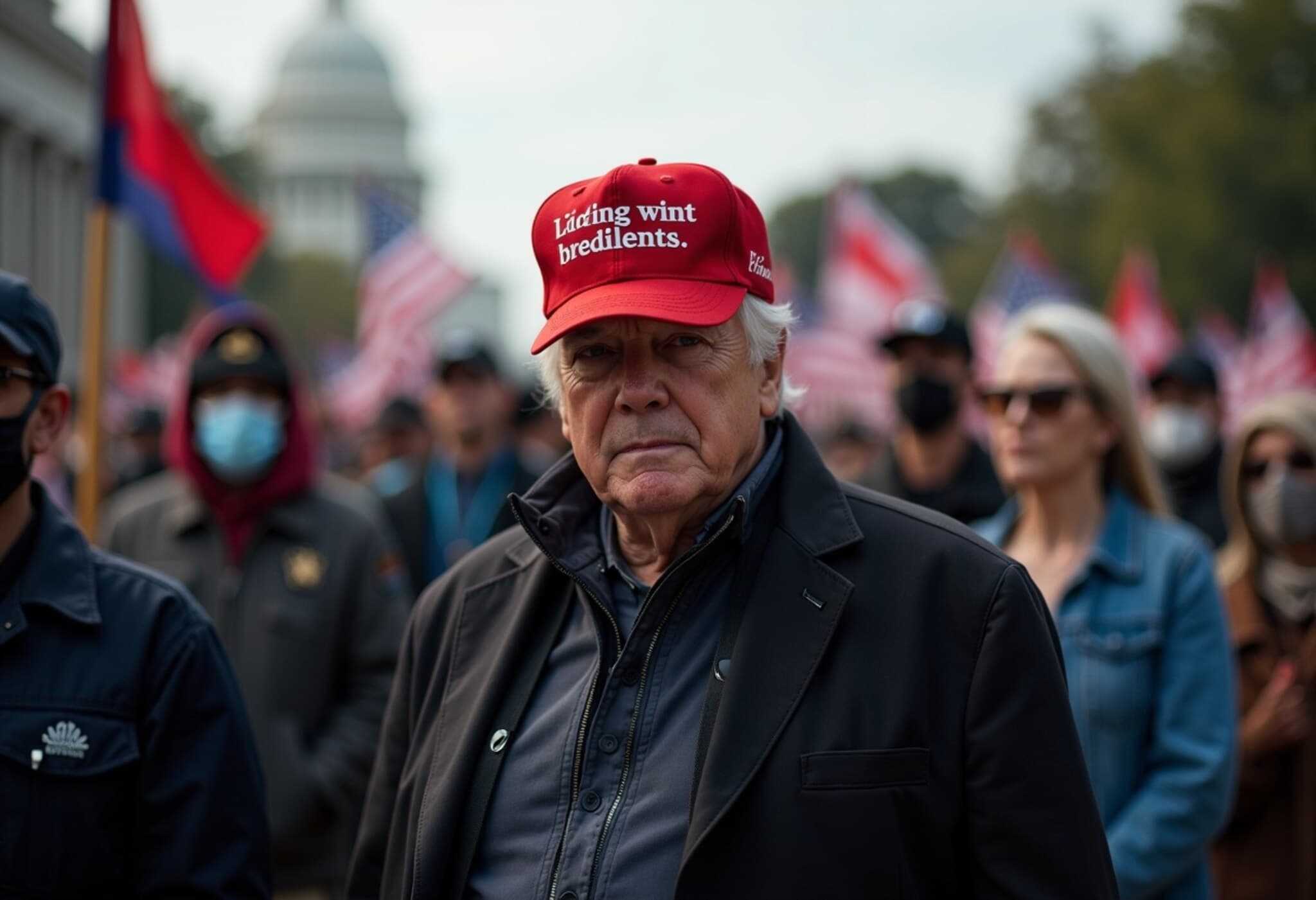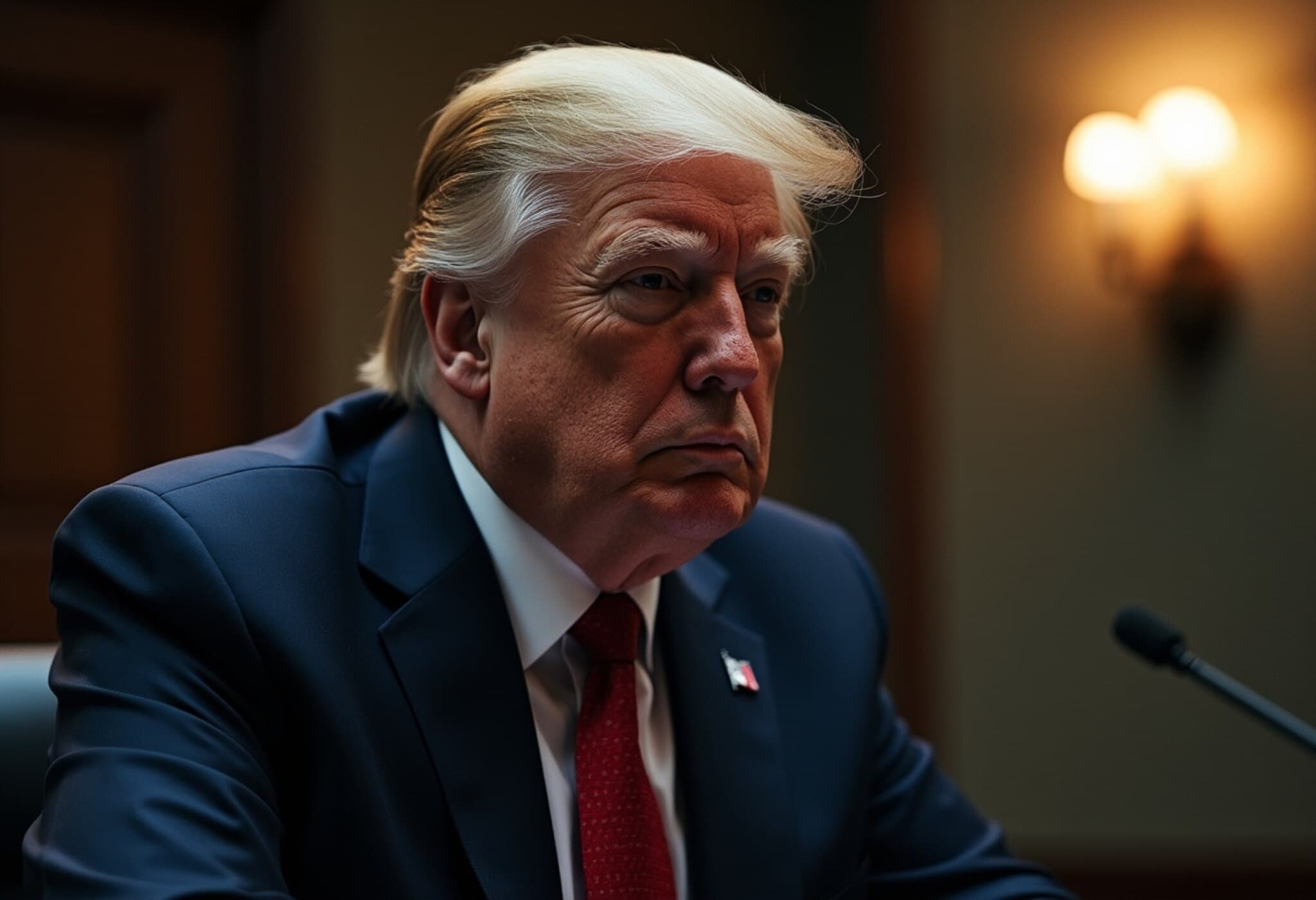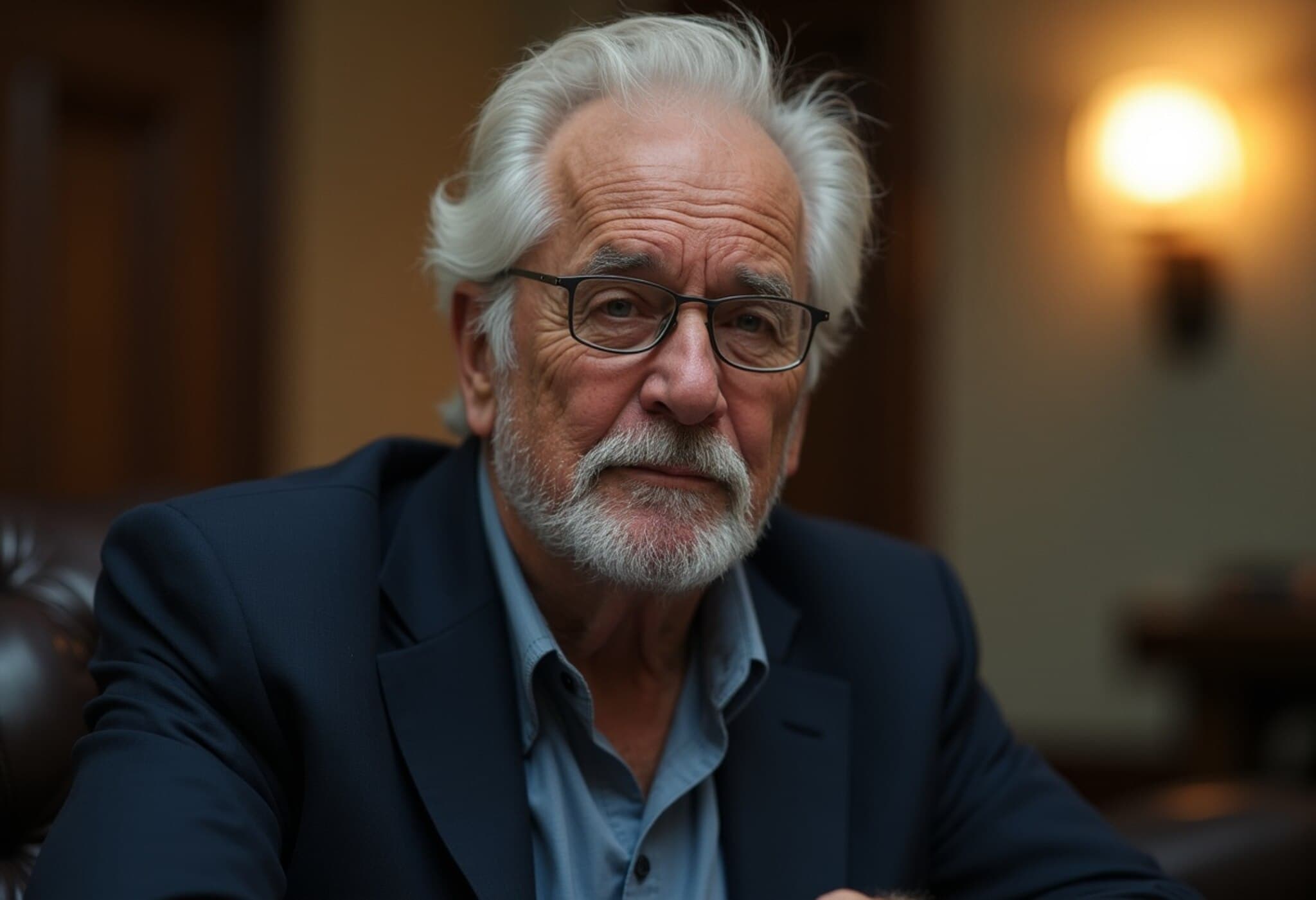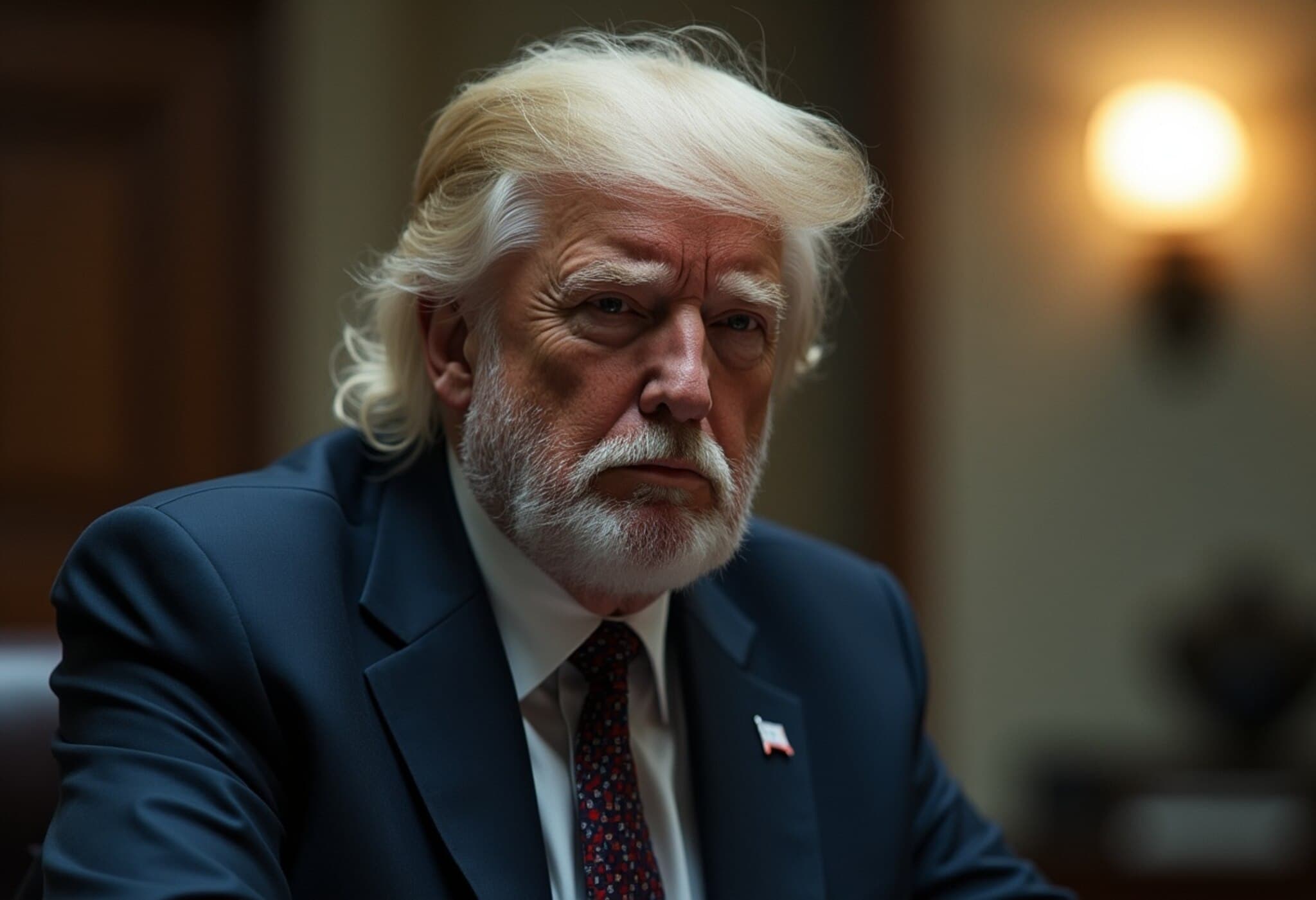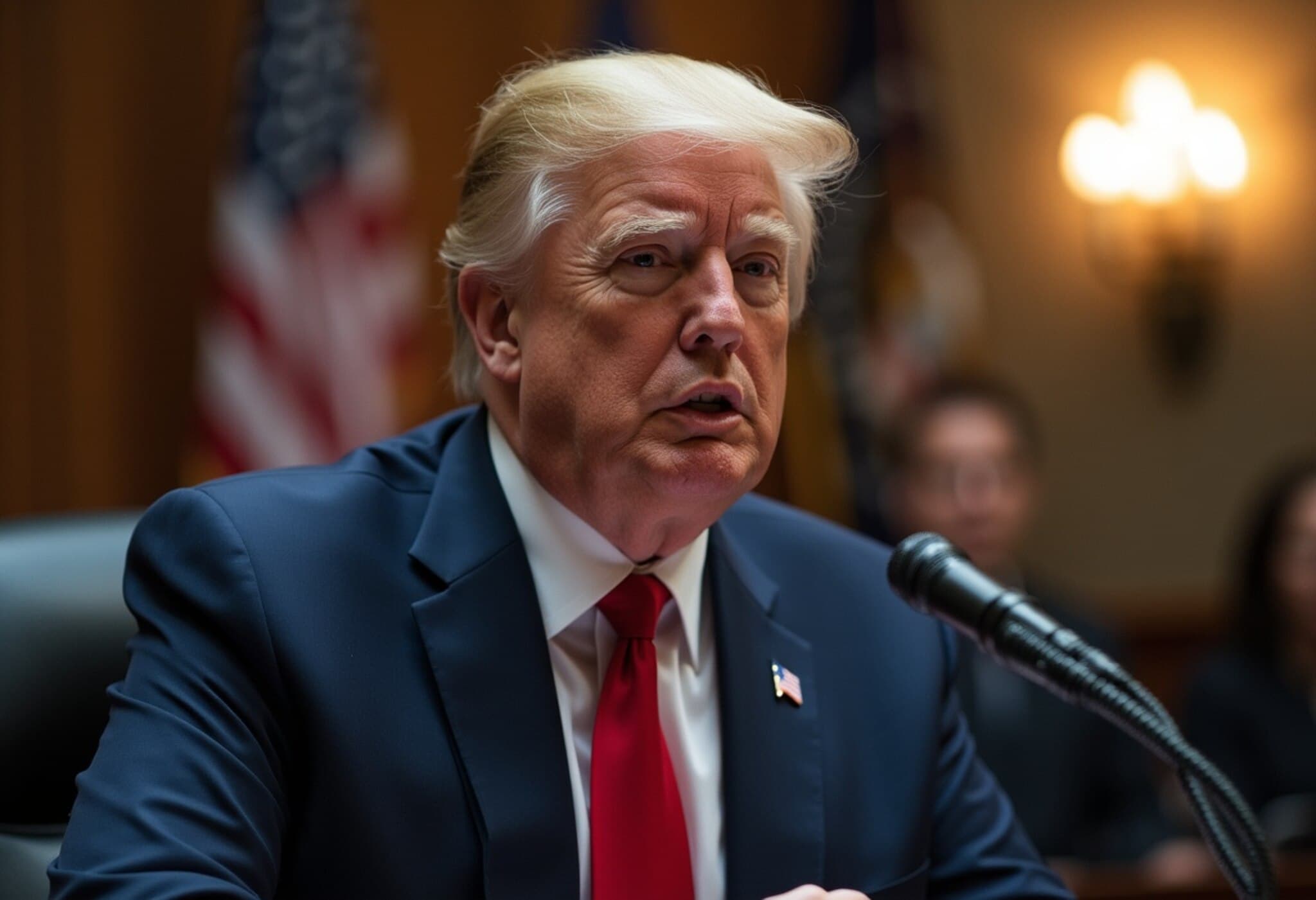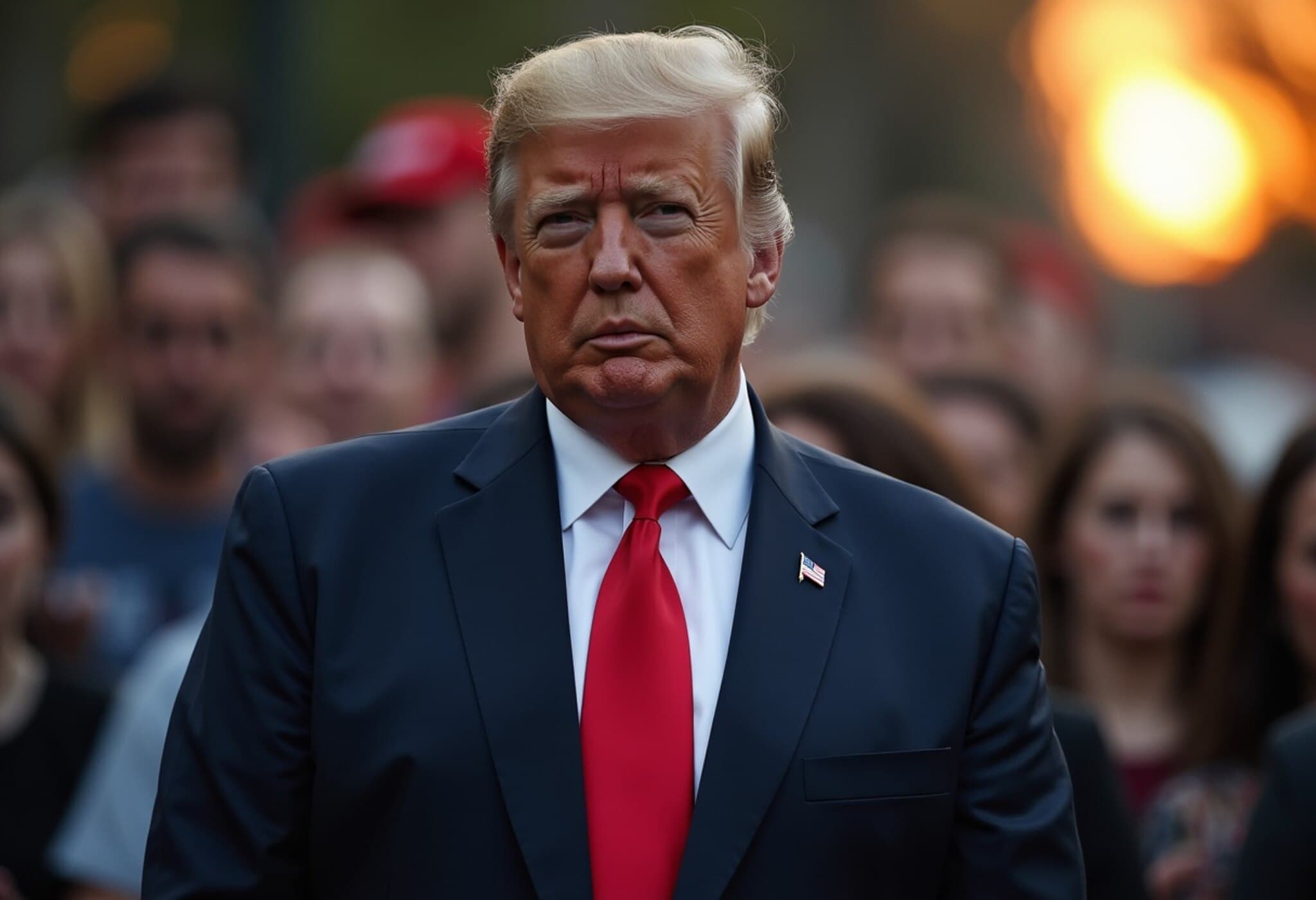Department of Justice and FBI Close Chapter on Epstein Client List Theories
In a significant announcement that quells many persistent conspiracy theories, the U.S. Department of Justice (DoJ) and Federal Bureau of Investigation (FBI) have officially concluded their investigations into Jeffrey Epstein’s death and alleged activities. According to a detailed memo obtained by Axios, investigators found no credible evidence suggesting that the convicted sex offender maintained a so-called ‘client list’ to blackmail influential figures. The agencies also reaffirmed that Epstein died by suicide in his Manhattan jail cell in 2019, rejecting longstanding speculation of foul play.
Unpacking the Evidence: Video Footage and Forensic Review
The cornerstone of this conclusion rests on enhanced surveillance footage from the Metropolitan Correctional Center in New York City. The FBI meticulously reviewed and digitally enhanced video from the night Epstein died, specifically between 10:40 p.m. on August 9, 2019, until his body was discovered unresponsive around 6:30 a.m. the following day. The enhanced footage showed no indication that anyone had entered Epstein’s cell during this crucial timeframe, bolstering medical examiners' original ruling of suicide.
According to the memo, the FBI applied advanced techniques to increase contrast, refine coloring, and sharpen images for clarity, leaving investigators confident in their findings. This transparency aims to address public skepticism fueled by Epstein’s high-profile connections and the sensitive nature of his crimes.
No Client List, No Blackmail Evidence: What It Means for Epstein’s Network
Beyond confirming the cause of death, the DoJ and FBI's inquiry did not uncover any tangible evidence of an incriminating ‘client list’ implicating third parties. The memo explicitly states there is no proof that Epstein engaged in blackmail involving prominent individuals, nor is there evidence sufficient to launch investigations against uncharged third parties related to his offenses.
These findings have a profound impact on ongoing public discourse. Epstein’s network and its alleged influence over powerful figures have long been the subject of intense speculation, conspiracy theories, and investigative journalism. This announcement suggests that, despite the widespread rumors, official evidence does not support the existence of a systematic blackmail operation utilizing a client list.
Privacy and Protection: Limiting Further Disclosure
Importantly, the DoJ memo stresses that no further disclosure of Epstein-related materials will be made publicly available. This decision hinges on concerns over protecting victims’ privacy, preventing dissemination of child exploitation material, and avoiding unwarranted damage to innocent individuals. The memo underscores the agency’s commitment to preventing harm that could arise from releasing sensitive, graphic, or unverified content into the public domain.
The Broader Context: Political Implications and Public Perceptions
This official statement arrives amidst a backdrop of political tension and public yearning for transparency. Notably, the Trump administration’s DoJ and FBI are the first federal authorities to unequivocally repudiate rumors about Epstein’s death being anything other than suicide. This is particularly notable given that the FBI’s current top officials previously entertained doubts on social media before assuming their posts, eventually aligning with the official narrative.
The timing of the memo’s release also coincides with fluctuating narratives involving prominent individuals linked socially or professionally to Epstein, including former President Donald Trump. While Trump has publicly distanced himself from Epstein, insisting he was never a fan and barred Epstein from his properties years prior, public curiosity continues to tug at these associations.
Expert Insight: Navigating the Intersection of Justice, Media, and Public Trust
From a policy perspective, the conclusion of this investigation exemplifies the complex balance between delivering justice, managing sensitive information, and maintaining public confidence. The Epstein case underscores the challenges faced by law enforcement agencies when high-profile crimes intersect with political, social, and media-driven narratives.
Experts in criminology and media ethics note that these findings, while clarifying some issues, do not necessarily extinguish public mistrust. “Confirming the absence of a client list is vital, but it also highlights how much misinformation can take root when transparency is limited by privacy concerns,” says Dr. Amanda Fletcher, a legal analyst specializing in criminal justice and media impact.
Moreover, the memo’s restraint in releasing further material points to ongoing tensions between victims’ rights and the public’s right to information — a delicate line that justice departments worldwide grapple with.
Looking Ahead: Questions That Remain
- What measures will the government take to ensure the protection and support of Epstein’s victims?
- How will authorities address lingering conspiracy theories and restore public faith in official investigations?
- Is there scope for a more transparent process or independent review of Epstein-linked materials respecting privacy concerns?
Editor’s Note
This official closure to one of the most controversial investigations of recent years offers both clarity and challenge. While the DoJ and FBI have decisively dispelled myths about Epstein’s death and denied the existence of an incriminating client list, the narrative’s broader impact on public trust and political discourse remains unresolved. As society continues to grapple with the implications of Epstein’s crimes, it becomes evident that transparency, victim protection, and critical media literacy must be pillars to safeguard justice.
Readers are encouraged to reflect on how justice systems manage high-profile cases cloaked in conspiracy and the importance of discerning fact from speculation in an era rife with misinformation.



